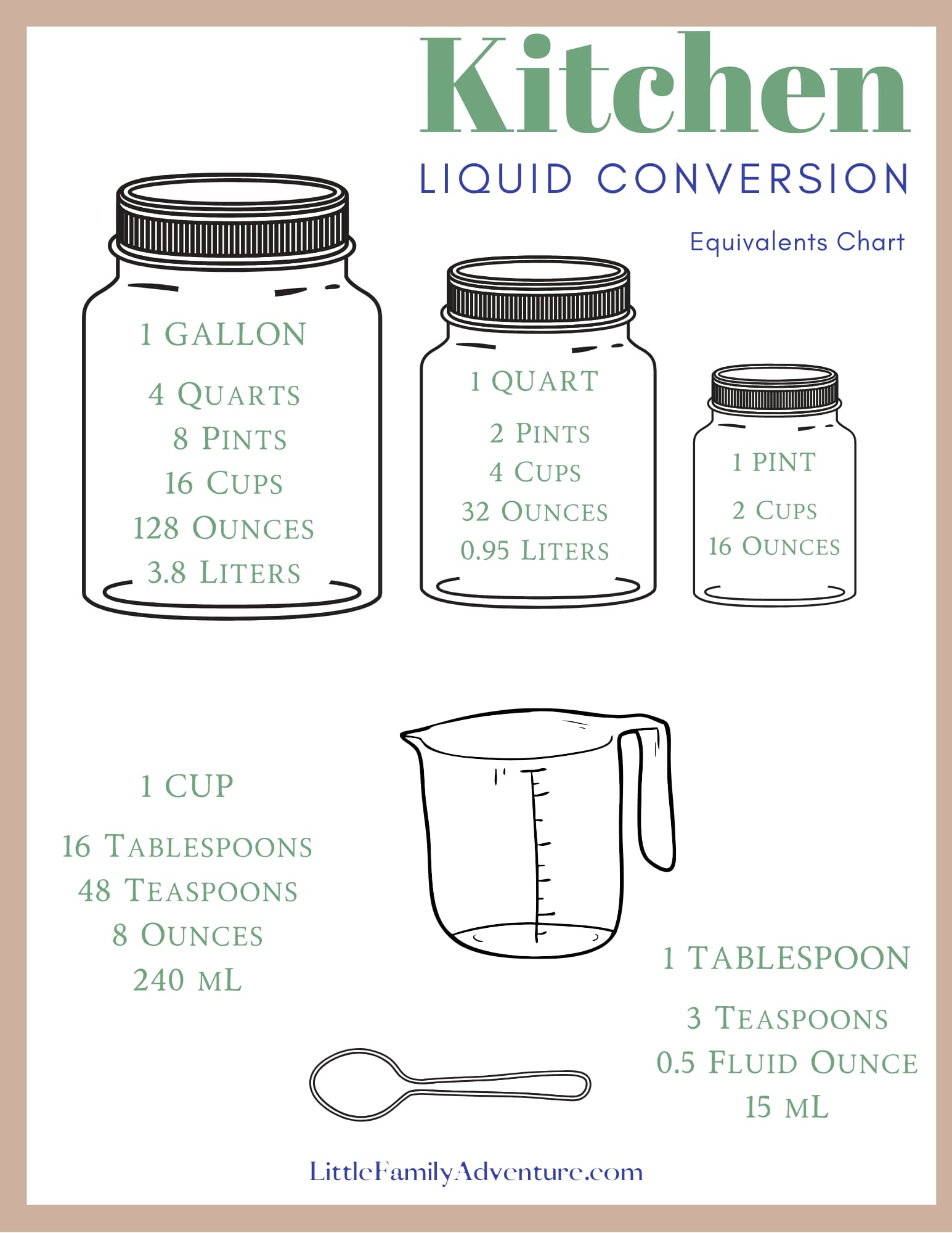Mastering Precision: A Guide to Using a Significant Figures Calculator
In the realm of scientific measurements and calculations, precision is paramount. Whether you’re a student grappling with chemistry problems or a professional scientist analyzing experimental data, understanding and applying significant figures is crucial. This article delves into the world of significant figures and introduces you to the indispensable tool known as the significant figures calculator.
Key Takeaways

- Understanding the concept of significant figures is essential for precision in scientific calculations.
- A significant figures calculator helps in accurately determining the precision of your measurements.
- Learn how to use a significant figures calculator effectively to enhance your computational accuracy.
- Discover tips and tricks for mastering significant figures in various scientific contexts.
What Are Significant Figures?
Significant figures, often referred to as “sig figs,” are the digits in a number that contribute to its precision. They include all the non-zero numbers, any zeros between them, and trailing zeros in a decimal number. Understanding significant figures is vital because they reflect the accuracy of a measurement or calculation. When you perform operations on numbers, the result should not be more precise than the least precise measurement involved.

The Importance of Significant Figures in Scientific Calculations
In scientific research and practical applications, precision is everything. Whether you’re calculating the concentration of a solution or measuring the distance between celestial bodies, significant figures ensure that your results are as accurate as possible. Using significant figures correctly can prevent errors that might arise from overstating the precision of your data.
How a Significant Figures Calculator Works
A significant figures calculator is a specialized tool designed to simplify the process of determining the correct number of significant figures in a given calculation. It automates the often tedious task of counting and applying significant figures rules, allowing you to focus on interpreting your results.
Features of a Significant Figures Calculator
- Precision Control: Automatically adjusts the number of significant figures based on the input data.
- Operations Handling: Capable of performing addition, subtraction, multiplication, and division while maintaining proper significant figures.
- Rounding Mechanisms: Implements correct rounding rules to ensure the final result adheres to significant figures principles.
- User-Friendly Interface: Simple and intuitive design for easy navigation and quick calculations.
Steps to Use a Significant Figures Calculator
Using a significant figures calculator is straightforward, but understanding the underlying principles is key to maximizing its potential. Here’s how you can effectively use this tool:
- Input Your Data: Enter the numbers you wish to calculate, ensuring you include all relevant digits.
- Select the Operation: Choose the mathematical operation you need to perform, such as addition or multiplication.
- Review the Output: The calculator will display the result, adjusted to reflect the correct significant figures.
- Interpret the Results: Analyze the output, keeping in mind the context of your calculation and the precision required.
Tips for Mastering Significant Figures

While a significant figures calculator is a powerful tool, understanding the principles behind significant figures enhances your ability to use it effectively. Here are some tips to help you master significant figures:

- Know the Rules: Familiarize yourself with the rules governing significant figures, such as which digits are counted and how to handle zeros.
- Practice Regularly: Regular practice with different types of numbers and operations helps reinforce your understanding.
- Check Your Work: Always double-check your calculations to ensure that the correct number of significant figures is applied.
- Use Technology: Leverage tools like significant figures calculators to streamline your work and reduce errors.
Common Mistakes to Avoid
Even with a calculator, mistakes can happen. Here are some common pitfalls to watch out for:
- Ignoring Context: Always consider the context of your measurement or calculation to determine the appropriate level of precision.
- Over-Rounding: Avoid rounding too early in your calculations, as this can lead to inaccuracies in your final result.
- Miscounting Zeros: Be careful with zeros; leading zeros are not significant, but trailing zeros in a decimal number are.
Significant figures play a crucial role in ensuring the accuracy and reliability of scientific calculations. By using a significant figures calculator, you can enhance the precision of your work and avoid common errors associated with manual calculations. Remember, mastering significant figures is not just about using a tool; it’s about understanding the underlying principles and applying them consistently. With practice and the right resources, you can achieve greater accuracy in all your scientific endeavors.
Embrace the power of a significant figures calculator to streamline your calculations and boost your confidence in handling precise data. Whether you’re a student, a researcher, or a professional, this tool is an invaluable asset in your scientific toolkit.

















